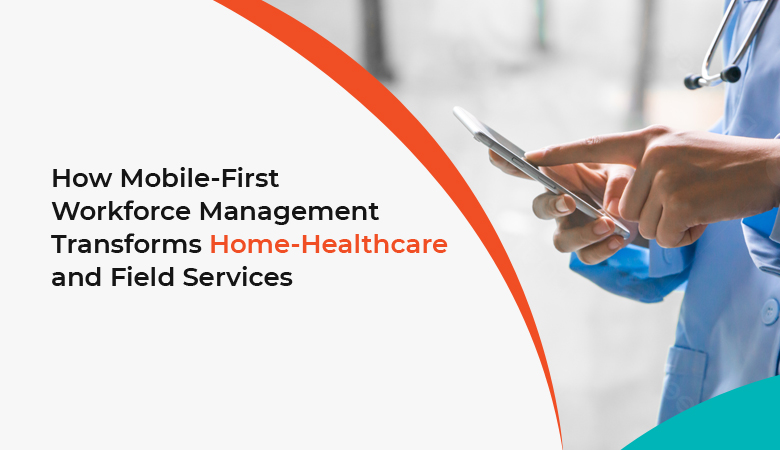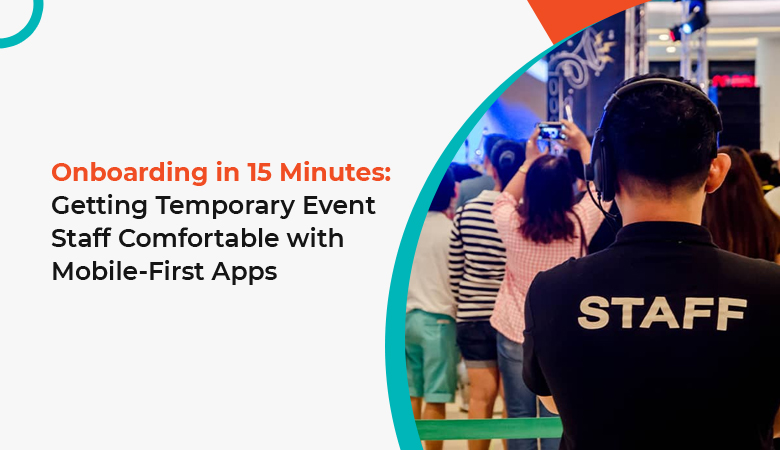Can we have a moment of the truth? When you are in charge of a team in event staffing operations, home health scheduling, or in agency staffing, you understand that heart-sinking moment. It is 6:00 AM, the shift begins at 7:00 AM and you are informed by your phone of a cancellation, or likely no-show.
This is not merely an administrative pain; but it is a threat to your own reputation, continuity of patient care, and even your bottom line. We understand that you have a busy schedule and the issues in dealing with lack of workforce reliability. The good news? There are technology solutions available that can make your life a whole lot easier.
We’re going to show you how to move from reactive crisis management to proactive prevention, helping you drastically reduce no-shows and cancellations for good.
Why Your Shifts Are Failing: Understanding the Root Cause
Before we deploy the tech, let’s identify why your valuable workers are bailing. It usually comes down to three human factors:
- Burnout & Stress: Especially critical in Home Health Scheduling, where caregivers face emotional fatigue. Poorly managed schedules turn into mandatory overtime, eroding employee engagement.
- Lack of Fit: In Agency Staffing, if available shifts don’t align with a worker’s skills, location, or true availability, they’ll eventually look for opportunities elsewhere.
- Communication Gaps: A static schedule printed last Tuesday can’t compete with a real-time life event. Simple, non-intrusive confirmation methods are often missing.
You’re not battling bad people; you’re battling bad scheduling friction.
The Technology Fix: Proactive Strategies to Reduce No-Shows and Cancellations
The best defense against a no-show is a modern, intuitive scheduling system that prioritizes the worker experience.
Pre-Shift Confirmation: Beyond the Email
Email reminders are easily lost; emails are easily ignored. The key to minimizing no-shows is multi-channel, personalized, and timely communication.
Use a system that sends automated reminders 24, 12, and 2 hours before a shift via their preferred channel—whether that’s a quick push notification through an app or a simple SMS reply. Better yet, require them to actively confirm the shift. If they don’t confirm, the shift automatically flags itself for immediate backfilling, drastically improving shift fulfillment.
Dynamic Shift Matching (Addressing Job Fit)
No-shows often happen when a worker is assigned a shift that they are not fully committed to. Geo-intelligent platforms solve this by using dynamic matching to ensure the right worker—with the right skills, equipment, and travel distance tolerance—gets the offer first.
For your Event Staffing needs, for example, a system that lets workers select shifts based on venue preference or a specific team member they like working with builds commitment. We dive into more specific strategies for your organization on our specialized industry pages, like our guidance for Staffing Agencies.
The Power of Predictive Scheduling (Spotting Red Flags)
Scheduling at the expert level is dependent on real-time data and analytics. The system should be intelligent and utilize historical information (past no-shows, late cancellations, and travel times) to warn of a shift before it can become a problem. This proactive scheduling will provide your management team with some prior warning to get in touch with a possibly unreliable employee or begin the backfill operation early. This is intelligent management.
Sector Spotlight: Tailoring Reliability to Your Niche
While core principles are universal, the solution also needs to be tuned to specific industries.
For Home Health Scheduling: The Trust Factor
In home care, a no-show is a serious breach of trust. Focusing on continuity is paramount. We recommend leveraging technology that allows clients and caregivers to rate their fit. When a match is highly rated, the system prioritizes that match, which is a major factor in staff retention and helps us build truly reliable care networks. You can explore how we handle the sensitive nature of Home Healthcare needs in detail.
For Event Staffing: The Commitment Culture
Event staff often work one-off shifts. The key here is instant, clear communication about expectations and immediate payment. Utilizing an app-based system that shows clear, engaging job details for Event Management and handles quick, transparent check-in/check-out dramatically increases accountability.
A Culture of Reliability: Improving Employee Engagement and Staff Retention
Finally, in order to minimize no-shows and cancellations, you have to develop strategies for staff retention. Trustworthy employees do not resign; they remain in the places where they are appreciated, their time is managed, and their time is also reasonable. The current scheduling software will provide you with the power to control your workforce and the flexibility that your employees require.
This blend of efficiency and empathy is what drives true business success.
Ready to End the Chaos?
Stop leaving your daily operations to chance and guesswork. Start using intelligent scheduling designed to handle the dynamic needs of your unique workforce.
To explore the solutions that empower the best staffing, event, and home health organizations, visit the GigFlex homepage.











